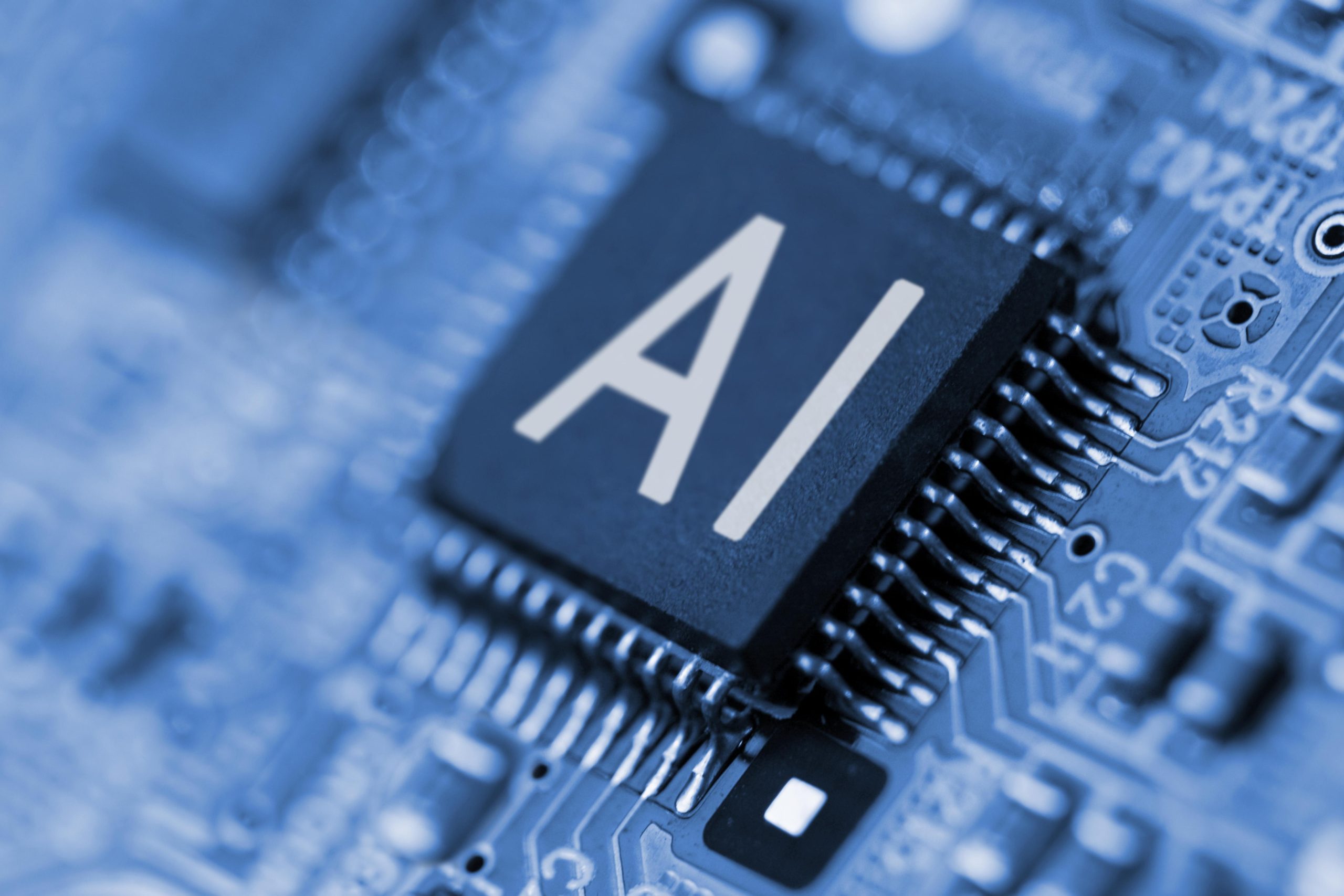
Artificial intelligence (AI) technology can be advantageous for saving companies time and helping them to improve efficiency. Using this technology in recruitment is a way for companies to support their often overwhelmed human resources (HR) departments and help them with some of the more time-consuming parts of the hiring process. While there are many benefits to using AI technology in recruitment, it is important to consider the downsides as well.
How is AI being used in HR and recruitment?
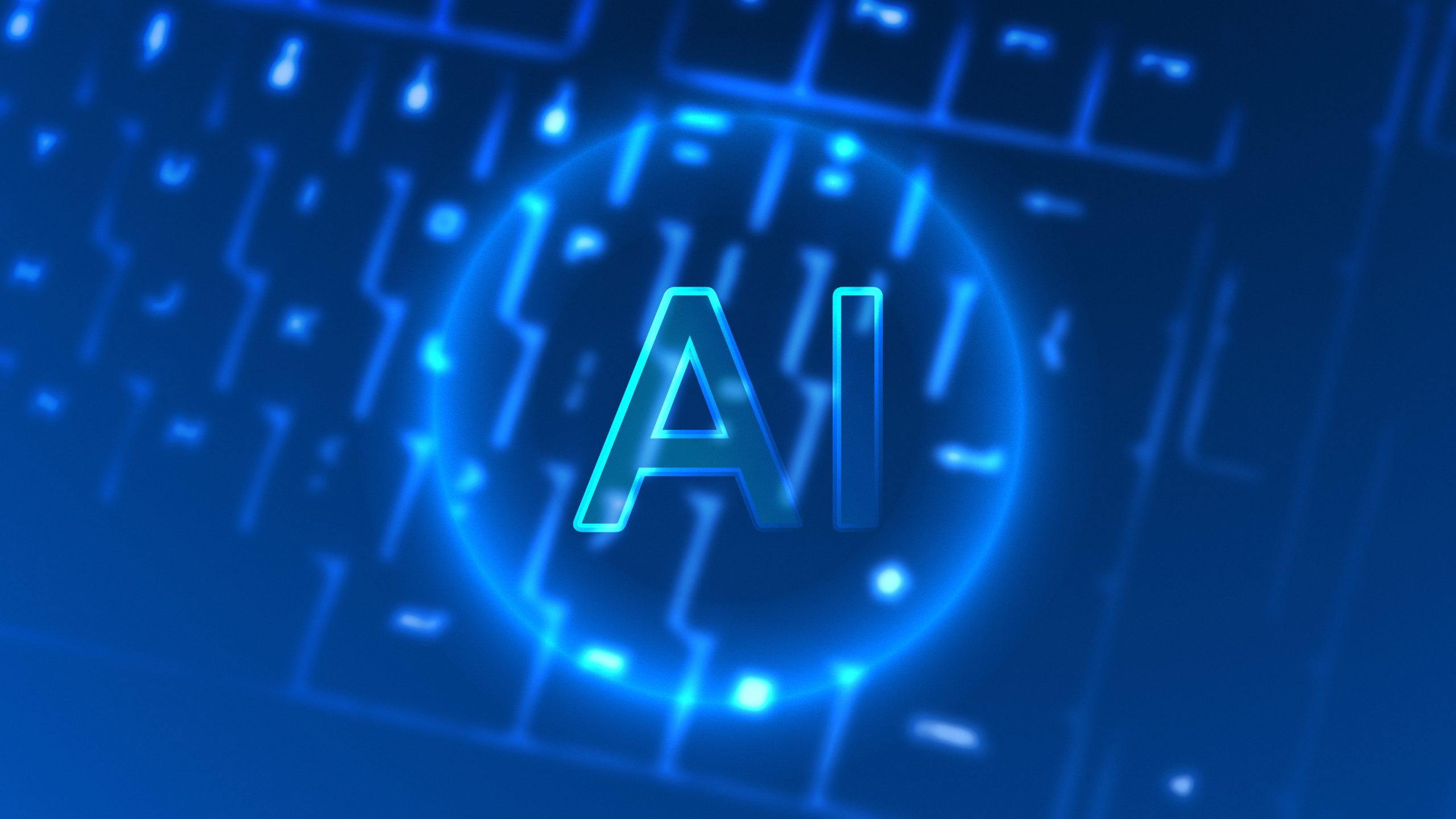
HR has changed a lot over the past few years, and AI has played a part in this shift. AI is more frequently being used to automate many of the menial and repetitive tasks that HR spends a great deal of time performing. This can include payroll, managing employee benefits, compliance monitoring, the recruitment and onboarding process, as well as employee records and performance. AI can also be used to analyze and improve employee engagement, which is an incredibly important part of a company’s productivity and profitability. Additionally, AI uses predictive analysis, which can be used to help predict the success of a potential candidate or to identify areas of accomplishments or deficits in current employees. During the recruitment process, AI can also be used to perform background and reference checks, schedule interviews, and assess the qualifications of candidates. Whether AI completely assumes a task or is just used to aid HR and recruiters complete the process more quickly and efficiently, AI is changing the world of HR and recruitment in a big way.
What type of AI is used in hiring?
It is important for companies to consider the strengths and weaknesses of their recruitment and selection process and then determine what type of AI will most benefit them. One of the most popular types is screening software, which allows for companies to process large amounts of resumes and applications by using identified keywords. This also includes AI candidate sourcing, where companies can proactively screen for potential candidates who haven’t applied. Other types of AI are interviewing tools to assist in, or even conduct, interviews; outreach tools, which can schedule interviews and communicate with a large number of people at once; and chatbots, which have many uses, including answering candidate’s questions about the company or interview process. There are both free and paid options for different tools, but many of the free options can be very basic or limited in what they can do.
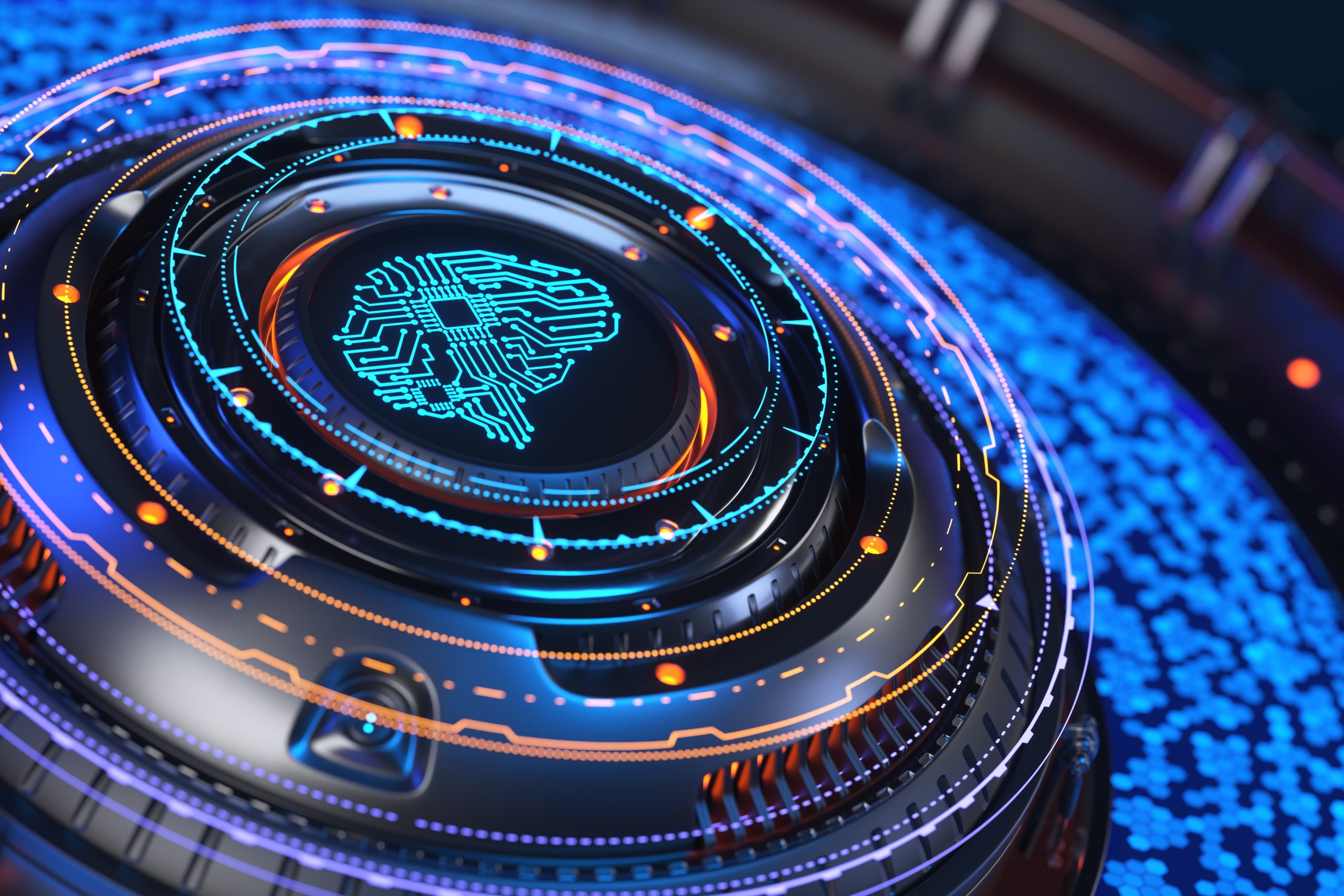
How does artificial intelligence affect the recruitment process?
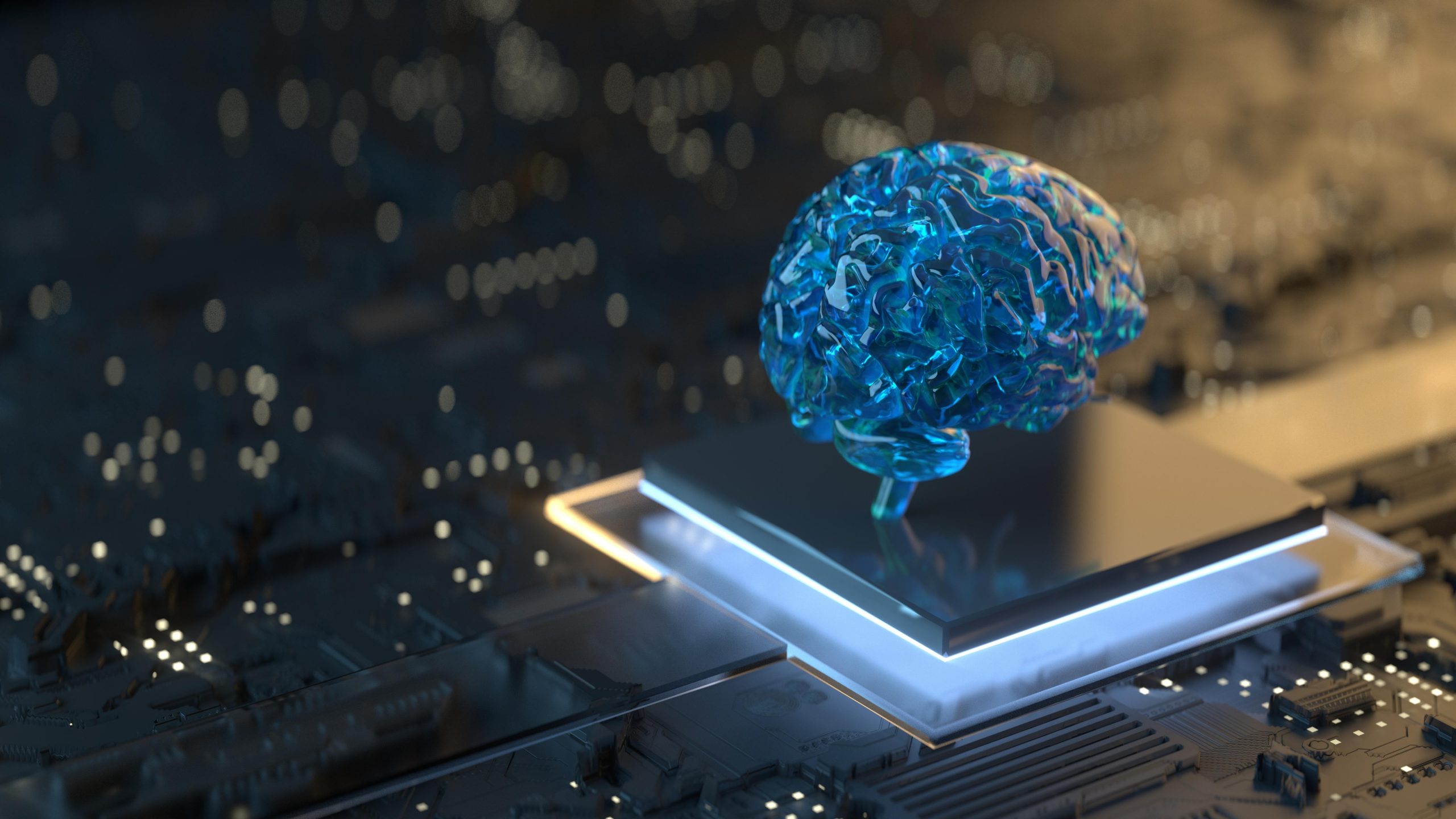
AI is increasingly being used in the recruitment and selection process as a way to save recruiters time and help them work more efficiently. Using AI, they can quickly narrow down a vast number of potential candidates to just those that have the necessary skills and abilities. Using more objective data also helps reduce human bias to improve the quality of hiring as well as the candidate’s experience. Using chatbots and outreach tools to communicate with candidates saves recruiters a lot of time that they would have spent making or answering phone calls and keeping up with email communications. Two of the biggest complaints from job seekers are how lengthy the hiring process is and how little feedback and communication they receive, so using AI can prove beneficial for both parties involved.
What are the limitations of AI in hiring?
Although it can be a very helpful part of the hiring process, problems exist with using AI in recruitment. AI can remove human bias from hiring but can also perpetuate bias if it is trained using data that is prejudiced in some way. If a company has a history of discriminatory hiring practices, AI hiring discrimination will occur as well because its decisions are based on the data from the previous hiring selections. In the case of AI screening tools, candidates can be overlooked, not because they aren’t qualified, but because their skills, abilities, or experience don’t quite fit the parameters being used to identify certain qualifications. Conversely, with the right knowledge, candidates can tailor their resumes or applications to increase their likelihood of being chosen by AI algorithms. Another limitation of AI in hiring is that the software and training can be cost prohibitive for many companies, especially smaller ones. There are a wide range of AI tools and the associated costs can vary drastically, but some can cost up to thousands of dollars per month. Companies must make sure they are utilizing the right kind of AI to help them get the best return on their investment. Furthermore, while AI works great for simple or repetitive tasks, it isn’t well-equipped for the parts of the hiring process that require more complex thinking or judgment. Data privacy and security is also a big concern when using AI in hiring since much of the data being processed is sensitive, and companies aren’t always transparent about the ways in which personal information is being used. It is important for companies to consider the challenges of using AI in recruitment and hiring to determine the types of AI technology that will best meet their needs.
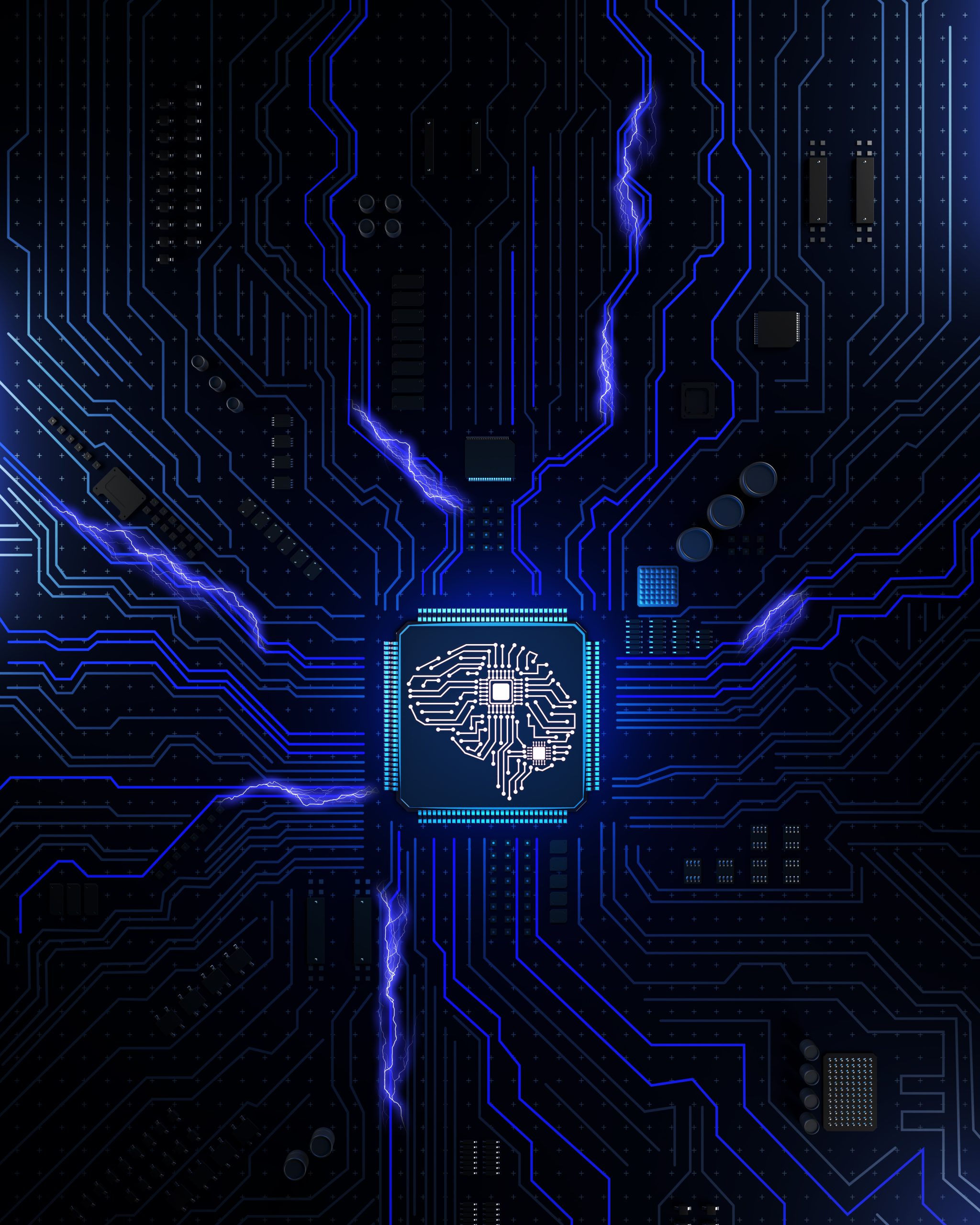
What are the pros and cons of AI?

It is important that companies consider the pros and cons of using different types of AI to make sure the benefits outweigh the drawbacks. One pro to using AI is that it is always available. Humans aren’t designed to work all day, every day because they need breaks and time to focus on other areas of their lives. AI, however, has 24/7 availability and can work around the clock to provide services. This is also helpful for companies that use digital assistance to reach their customers. AI can respond to and interact with customers anytime, day or night, thus increasing customer satisfaction and resolving problems and questions more quickly. AI also reduces the amount of human error and emotions. When they are tired, emotional, distracted, or simply just because they are human, people make mistakes. AI is programmed to accomplish a specific task, and it carries out those instructions exactly. It can also make faster, more logical decisions because it is making them based on data, whereas humans take many factors into account when deciding something. Another pro of AI is its ability to complete repetitive jobs tasks. When asked to complete the same task day after day, humans can become slower and more prone to making mistakes. AI can repeat these same tasks continuously without decreasing accuracy. Another plus is that technological innovations are being made all the time, so new forms of AI are being tested and used across all types of organizations to further advance their capabilities.
With so many positives, it can be easy for people to ignore the downside to AI, but the cons need to be considered as well. Even though AI can reduce the amount of human errors, this doesn’t mean that it is 100% accurate. AI is programmed by humans. Even though AI algorithms are designed to learn and improve from the data they’re given, if there are errors in its programming, inconclusive results or inaccuracies may occur. Humans can recognize mistakes or inconsistencies, but since AI is programmed to complete a specific task, it may not be able to adjust its processes to account for any errors it might encounter. AI also doesn’t have the creative and judgemental capabilities that humans do. It is only as good as its programming, and it isn’t able to create or make decisions independently – only generate content that is similar to the data it has been shown. Another negative of AI is the cost, which can be prohibitive for companies, especially smaller ones. An additional con is the loss of jobs brought on by AI use. Although AI is predicted to create more jobs than it eliminates, a lot of these jobs will be more technical jobs that require specialized training. The people who did the jobs AI replaced won’t necessarily have the qualifications and skills that are needed to fill these new roles.
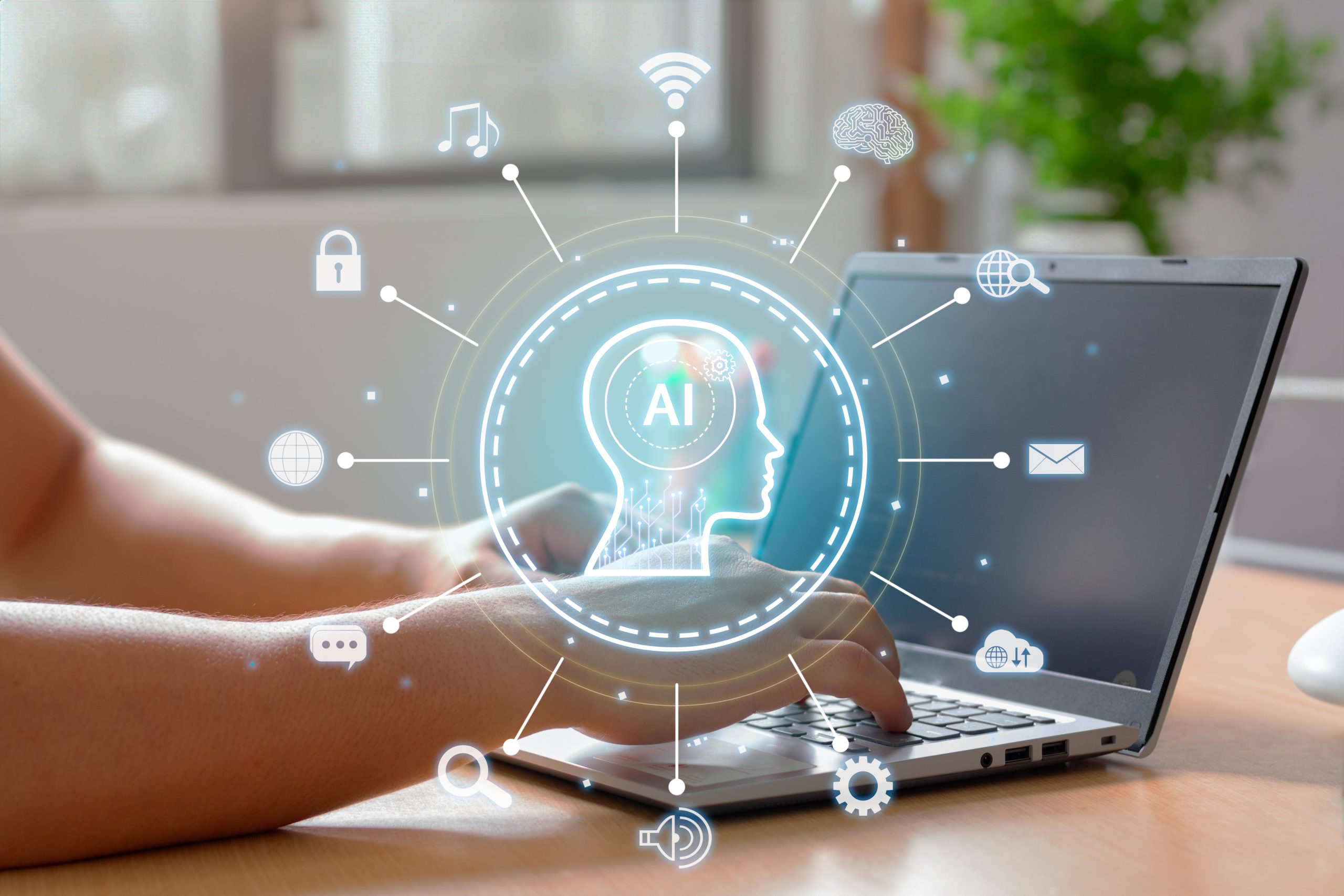
Is AI recruiting unethical?
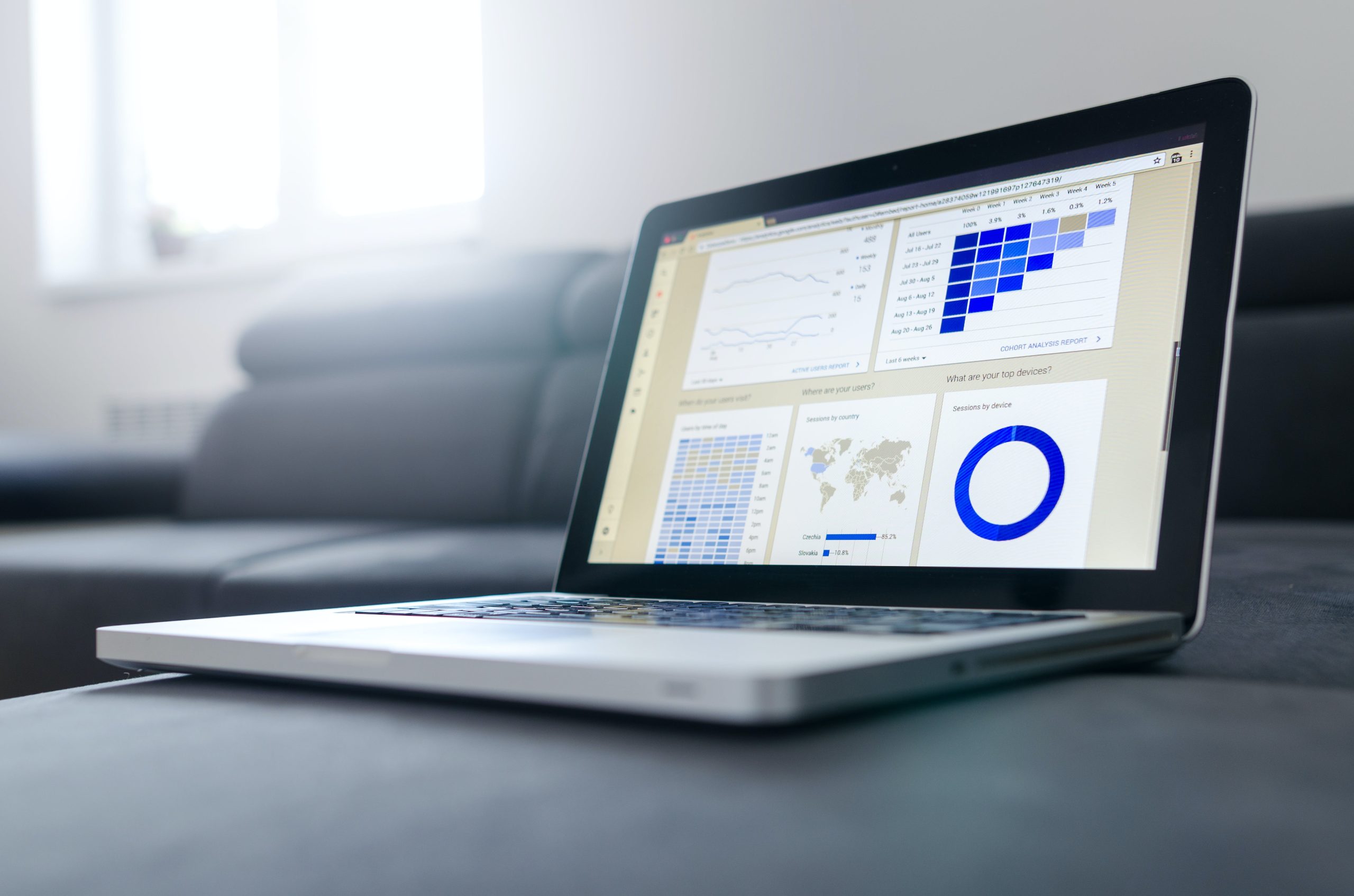
Although AI recruiting isn’t unethical, it is a relatively new concept and thus still has a lot of uncertainty surrounding it. Mistakes can be made simply because the people using this technology don’t have the proper knowledge or training. Companies must take ethical considerations in AI based recruitment into account, or risk exposing themselves to fines or lawsuits and potentially damaging their reputation. A few of the top ethical concerns of AI based recruitment are the possibility of bias, the lack of human connection and judgment, and data privacy. It is imperative that companies address AI based hiring concerns to ensure that the decisions being made are as ethical and unbiased as possible.
What are ethical approaches to AI?
Many organizations have adopted some sort of AI code or set of principles that they use as broad guidelines for how their AI technology is developed, trained, tested, and employed. Extensive research conducted by Forrester found that most organization’s AI principles revolved around some form of these five areas: fairness and bias, trust and transparency, accountability, social benefit, and privacy and security. UNESCO is an agency of the United Nations that works to facilitate global peace and security through international cooperation in education, science, arts, and culture. They constructed the first worldwide standard on the Ethics of AI, including the right to privacy and data protection, safety and security, transparency and explainability, and fairness and non-discrimination, among other things. Organizations would benefit from considering these standards and how to incorporate them into their approach to AI.

What impact has technology had on recruiting, job searching, hiring, etc?

Technology has had a huge impact on the entire hiring process. Job seekers are no longer required to go to great lengths to hunt for jobs using the newspaper or by going door-to-door in an effort to find employment opportunities and gain exposure. They can merely get on the internet and use sites like Indeed, ZipRecruiter, and LinkedIn to search for jobs, post resumes, or connect with organizations. These sites also allow companies to find and connect with candidates that are more likely to be qualified for the job. Although it has sped up the hiring process and allowed companies and job seekers to connect more easily, technology can have a negative impact on recruitment and selection as well. Using technology removes the human element from this process, which can be off-putting to applicants. If they feel like they aren’t being heard and valued during the hiring process, it may give them a negative view of the company. Companies using technology rather than communicating personally to try to attract a certain type of candidate may be at a disadvantage as well. It’s a lot easier to ignore or dismiss a machine than it is a living, breathing human being who is making an effort to connect on an emotional or personal level.
What are pros and cons of hiring algorithms?
There are pros and cons to using hiring algorithms, a process called algorithmic hiring. Algorithmic hiring uses a computer algorithm to source, recruit, interview, and hire applicants. One benefit to using hiring algorithms is increased efficiency. They allow companies to more quickly screen the resumes and applications of potential candidates to determine who doesn’t meet the necessary qualifications and focus on those that it will be worthwhile to interview. Being able to go through this process more quickly also results in faster communication with applicants. They can be notified sooner about whether they have moved on to the interview phase. Another pro of hiring algorithms is that they can increase knowledge and understanding about jobs and employees. These algorithms consider a lot of data, and gaining a better understanding of this data increases a company’s intelligence about the kinds of abilities, skills, and experience an employee needs to have to be successful in the job position.
There are drawbacks to algorithmic hiring as well. Data inaccuracies or algorithmic errors can result in bias or discrimination. This can lead to only certain groups of people being targeted or excluded and can even cause the wrong person to be hired for a job. This points to another negative of using hiring algorithms – the time it takes to get it right. Companies can’t just put in the data then accept the results. They need to spend the time making sure the employees using these algorithms are properly trained, that the data they are using is thorough and unbiased, and that the reasoning behind the decisions made using the results is understood and transparent.

